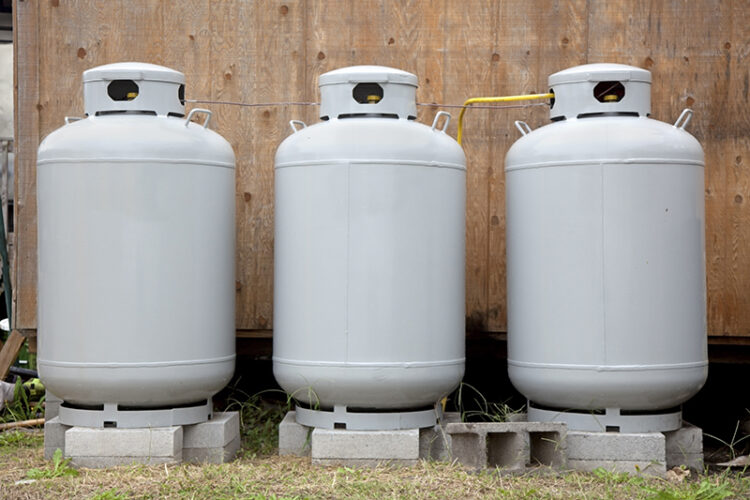
- By gb0iL-admin
- In Uncategorized
Propane and the Environment Part 2
Propane is a clean energy solution because propane is an environmentally friendly fuel.
Because energy usage is a complex topic, let’s look at some of the most common myths and misunderstandings about propane.
Last month, we looked at myths 1-6 regarding propane and the environment. This month, we’ll be taking a look at myths 7-12:
Myth #7: Using propane causes air pollution
In a real-world study conducted by West Virginia University, propane autogas school buses reduced smog-producing emissions by cutting 96 percent more nitrogen oxide (NOx) emissions compared to clean diesel buses.
Plus, propane autogas passenger vehicles can emit up to 36% fewer NOx emissions than diesel vehicles, 70% fewer sulfur oxide emissions and up to 45% less particulate matter than electric passenger cars throughout the full fuel cycle.
Myth #8: Propane isn’t really any more advantageous than diesel or gasoline
Propane fuel has a lower carbon content than electricity, conventional gasoline and diesel fuel. That’s why propane is listed as an approved clean alternative fuel under the Energy Policy Act of 1992.
Myth #9: Propane is a fossil fuel and all fossil fuels are bad
Fuels aren’t binary: clean or dirty, good or bad. They exist on a continuum from very clean to very dirty. Consider solar and wind (pretty clean energies once they are produced) on one end of the continuum, with coal and oil (dirty when they burn) on the other.
From a carbon standpoint, natural gas sits closer to the cleaner end of the continuum, but natural gas has its own problem. It is methane, a greenhouse gas like carbon dioxide, but 80 times more potent than carbon dioxide. Once it’s in the atmosphere, it absorbs sunlight like a sponge.
Propane — not a greenhouse gas in its original state and made when methane is purified for commercial use — takes its place on the carbon continuum close to renewable resources, which is why propane is designated a clean energy alternative under the Energy Policy Act of 1992.
Myth #10: Propane’s uses are limited. It’s mainly for gas grills in people’s backyards
Not true — propane is extremely versatile! Classified as an alternative fuel under the Energy Policy Act of 1992, propane is used in nearly 12 million U.S. households for residential purposes. Millions of Americans also use propane for transportation, commercial, industrial and agricultural applications—you’ll even find propane powering fleets of buses serving schools and National Parks like Acadia and Mammoth Cave. And don’t forget the tens of thousands of forklifts operating in enclosed warehouses (where low emissions are highly desirable), the thousands of mowers, and the myriad high-intensity energy agricultural uses like grain drying.
Myth #11: Gas stoves significantly contribute to poor indoor air quality
With more people working and cooking at home, awareness of indoor air quality is higher than ever before. Individuals with pre-existing lung conditions are especially concerned about hazardous air pollutant contributors. In this video, we look at ten indoor air quality facts, including cooking with propane and natural gas at home, along with offering some helpful tips for improving your overall air quality.
Myth #12: Propane and natural gas are the same
Propane and natural gas have many similarities, but the two fuels are not the same. This video compares natural gas to propane and looks at the three main differences between the two.
Blog adapted from Propane Education & Research Council

